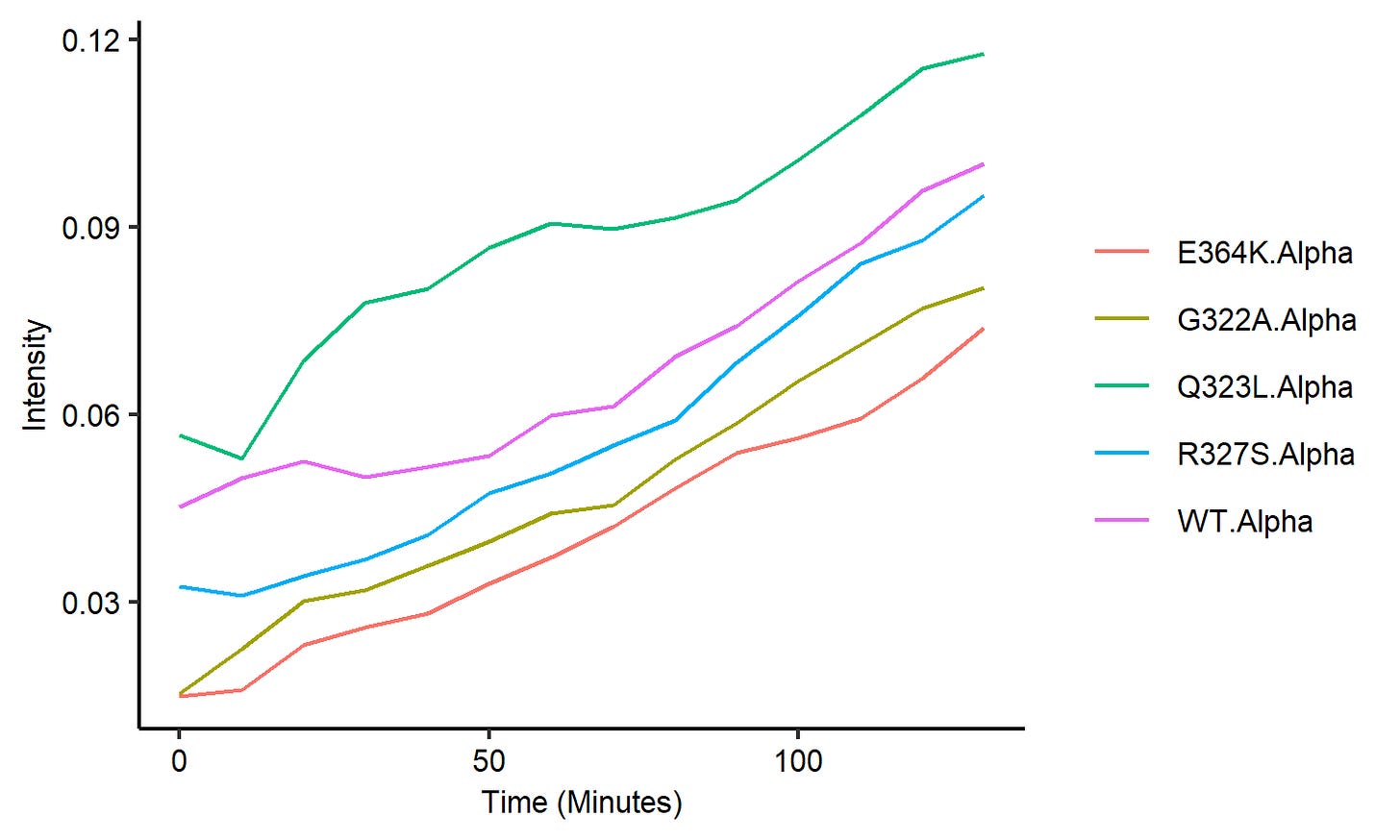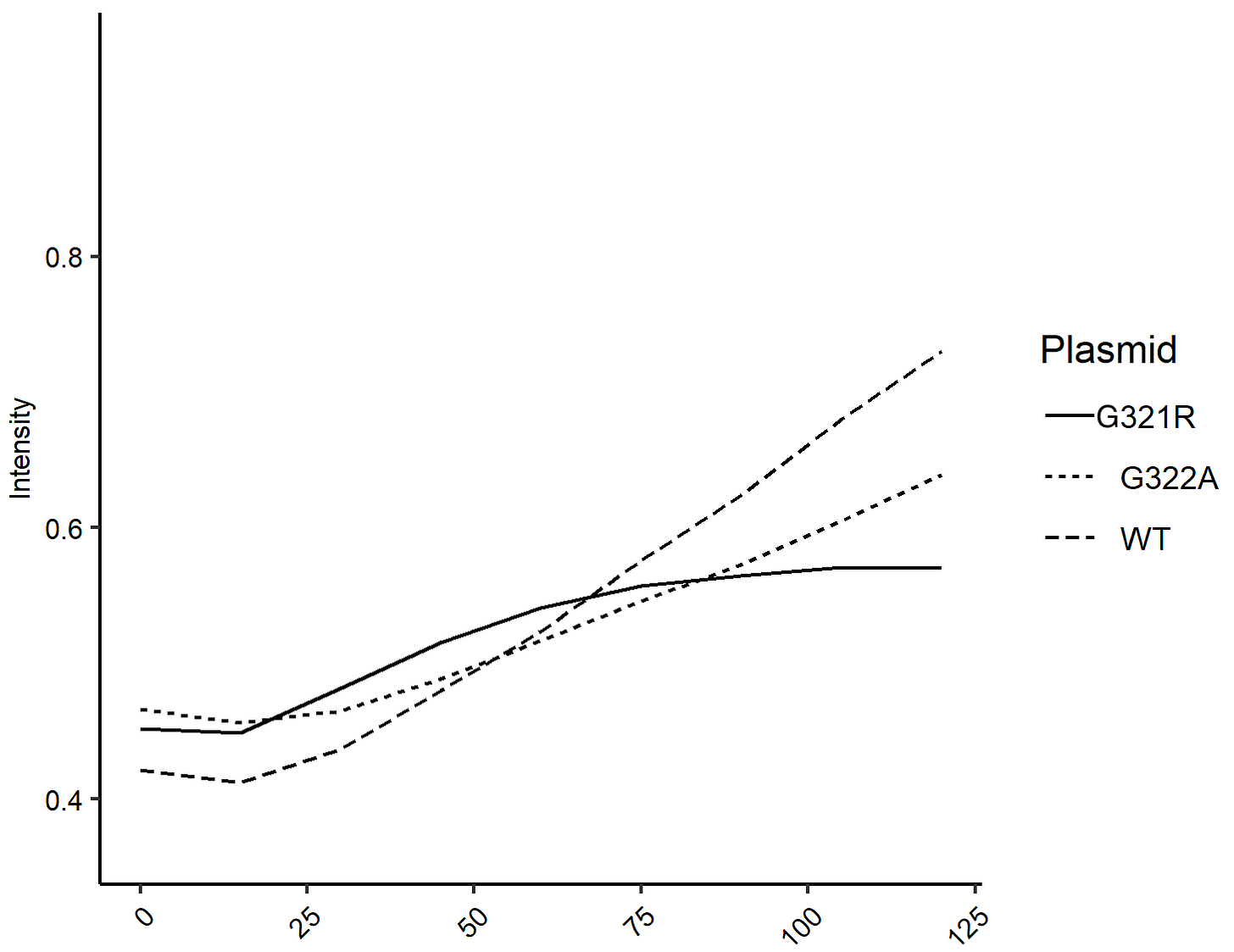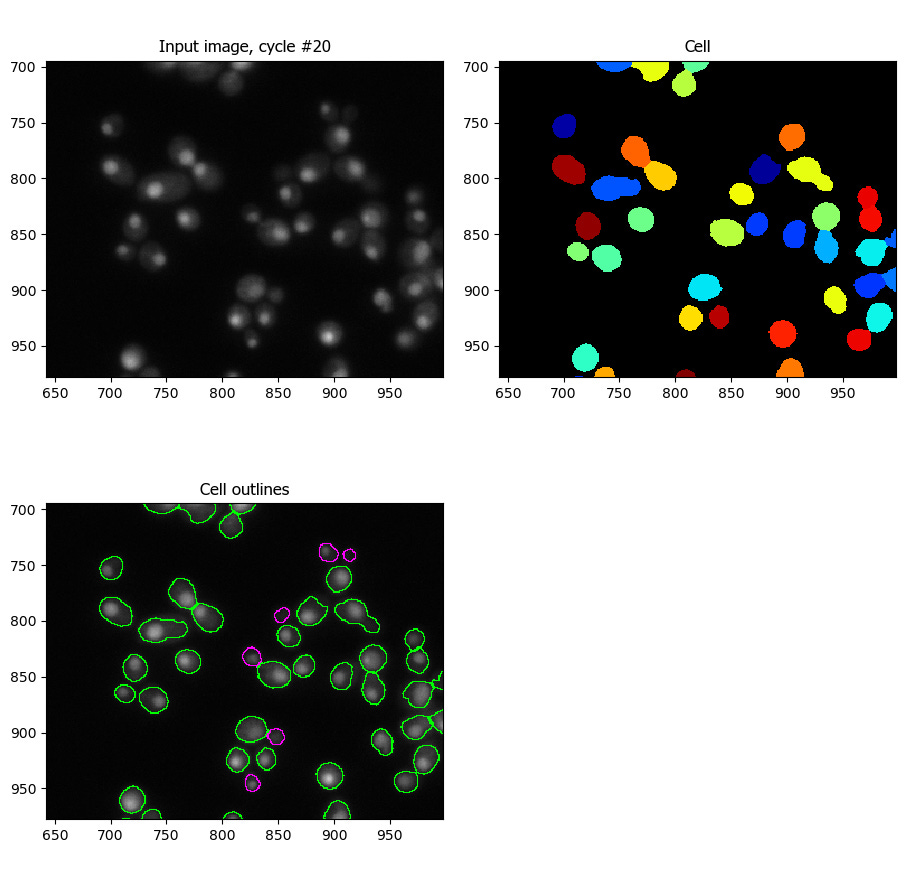GNAO1 G203R yeast drug repurposing screens are done 💊♻️ ✅
After multiple rounds of image-based screens of both G203R and G204A yeast avatars, 34 primary screening positives ("hits") were identified and are now being validated in flow cytometry experiments.
In collaboration with
In the previous project update three months ago, we anticipated being able to advance a handful of primary screening positives — what we call “hits” for short — to validation studies in relatively short order. Hit validation involves: reordering the compound as fresh powder from a commercial vendor; accurately weighing out and carefully coaxing the dry powder stock into a liquid stock solution; diluting each stock solution into dose-response plates to determine potency and reproducibility of the hits.
We expected the process to take a few weeks, but sometimes science has a mind — or two minds — of its own. That has especially been the case for the GNAO1 G203R variant project. We got stuck many times. Sometimes because of honest mistakes. Sometimes because of bad luck or timing. Like a rapidly evolving startup, we turned learnings into pivots all along the way. We’re finally wrapping up the yeast phase of the project this month. Then the baton gets passed to G203R worms and G203R flies.
In spite of the operational delays, experimental hiccups and unexpected results, our GNAO1 G203R partner Emiliano has maintained a cheerful outlook while consistently going deep on the science from the start of the project. Emiliano also finds ways to inject humor and positivity in moments, like this nerdy joke he posted in our shared Slack channel one Saturday morning recently.
It takes an ultra-rare kind of parent who can both care and cure for their ultra-rare kiddo, especially when said parent isn’t a professionally trained biomedical scientist. Emiliano has been intellectually locked in on every biweekly Zoom lab meeting that links our distributed research team in California, Michigan, Spain and New Zealand.
First, the key for mentally toggling between the human gene sequence and the yeast gene sequence:
GNAO1 in humans is GPA1 in yeast.
G stands for the amino acid glycine.
G203 in human GNAO1 corresponds to G321 in yeast GPA1.
G204 in human GNAO1 corresponds to G322 in yeast GPA1.
After completing the initial image-based screen using the GPA1 G322A/G204A yeast avatar as a training exercise, Jeff had to do additional rounds of assay development in early March so that we could screen the GPA1 G321R/G203R yeast avatar in a drug repurposing screen — our intended goal all along.
Below are the first images of a yeast strain in which Jeff genomically integrated the FUS1-GFP reporter, resulting in consistent GFP expression from cell to cell. Recall that the FUS1-GFP reporter is our way of making yeast cells turn green in the presence of the mating pheromone alpha factor. Alpha factors binds to a G protein coupled receptor aka GPCR, which normally signals the presence of yeast cells of the opposite mating type.
For our purposes, we wanted to see if alpha factor-exposed yeast cells expressing either the G321R or G322A variant plus the FUS1-GFP reporter turn green, and if so how green? With such an image-based assay fully optimized, we could screen for drug repurposing candidates that make yeast cells either more or less green.
Professor Henrik Dohlman at UNC graciously shared with us the GPA1 G321R and GPA1 G322A variant-expressing plasmids and FUS1-GFP reporter system that we used in our drug repurposing screens. G321R was not tested in the paper but G322A was because it’s a commonly used positive control in lab studies of the G alpha protein. The mutation G322A causes a severe loss-of-function by disrupting the deeply evolutionarily conserved catalytic triad of GPA1 that is formed by three amino acids: G203, R208 and E245.
Jeff’s data generated in New Zealand looked similar to the published data in Knight et al., 2021. G322A (GA) is expected to behave like a loss-of-function, and that’s indeed what we see in Jeff’s data even though G322A is not the most severe performing variant in the experiment.
We focused on G322A and G321R and compared them both to wildtype (WT) in subsequent experiments. In the presence of alpha factor, G322A behaves like a loss-of-function, meaning cells are less green than wildtype. G321R behaves like a gain-of-function, meaning cells are more green than wildtype.
Remarkably, at a lower single dose of alpha factor, G322A still behaves like a loss-of-function, but G321R exhibits both gain- and loss-of-function character. Therefore, we defined hits as compounds that either increased FUS1-GFP reporter output (made cells more green) or decreased FUS1-GFP reporter outputs (made cells less green).
These gifs visualize the gain-of-function in terms of the rate of GFP increase and maximal GFP intensity:
Here’s summary data visualized in a more conventional format:
Jeff used a computational cell-segmentation approach to pick out the individual yeast cells. Cells were only considered when there was one nucleus and one cell detected, everything else was discarded.
We’ll wrap for now on two of the 34 yeast hits. On the one hand, we found a strong yeast hit that might rescue the gain-of-function aspect of G203R because it reduces FUS1-GFP reporter output, i.e., made yeast cells less green. On the other hand, we found a strong yeast hit that might rescue the loss-of-function aspect of G203R because it increases FUS1-GFP reporter output, i.e., makes yeast cells more green.
In the comparison below, the top panel is the yeast hit that decreased FUS1-GFP reporter output the most and made yeast cells look like they’d never been exposed to alpha factor. The bottom panel is the yeast hit that increased FUS1-GFP reporter output the most and made yeast cells look like they’d whiffed more alpha factor.
The implications for kiddos living with GNAO1 G203R is that we have precision drug repurposing candidates that rescue the pathogenic gain-of-function effect of G203R in a yeast avatar, and another group of precision drug repurposing candidates that rescue the pathogenic loss-of-function effect of G203R in a yeast avatar. Now the baton gets passed to G203R worms and G203R flies for multi-factor authentication.
Stay tuned for the yeast hit validation results, compound IDs and the long-awaited conclusion of the yeast phase of the GNAO1 G203R cure odyssey. Onward!

















